Category: Science
Bubbleologists
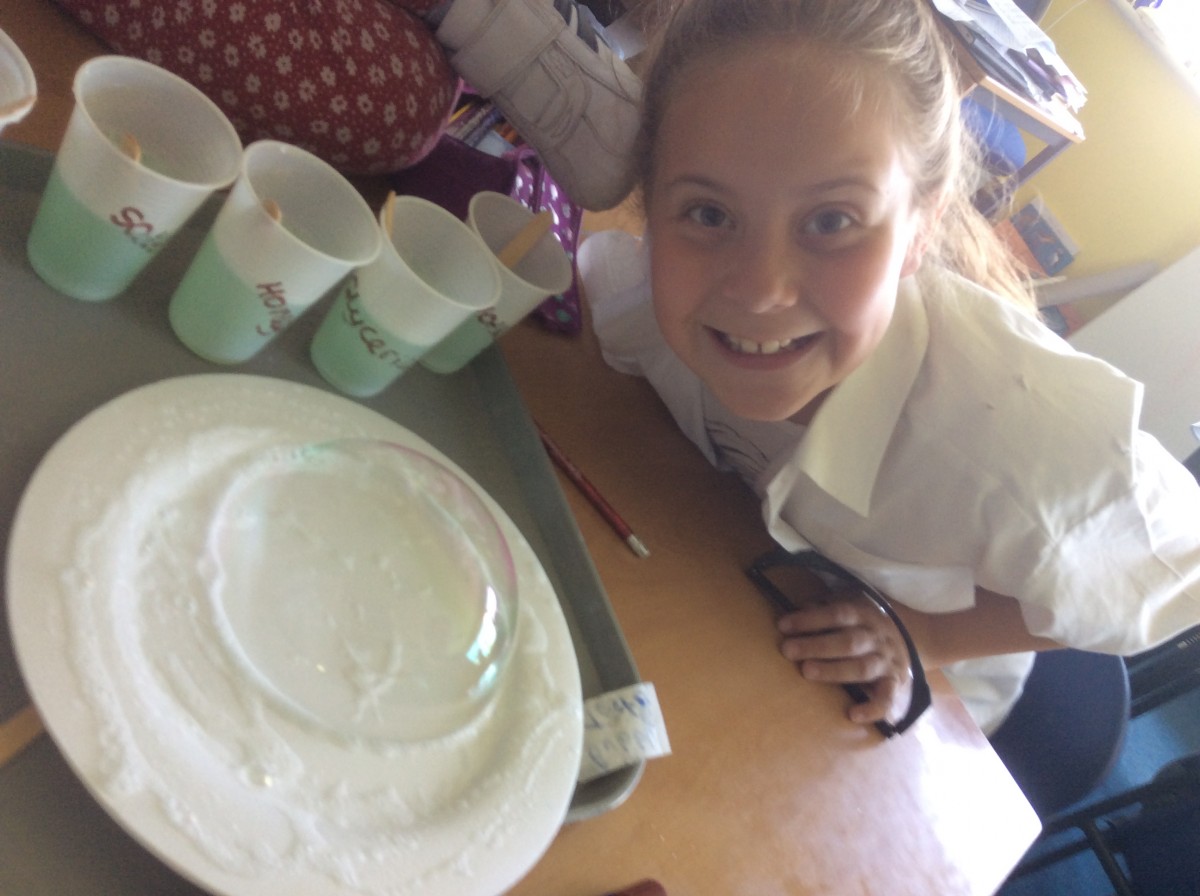
For science day we investigated soap and bubbles as we became bubbleologists for the day (or surface scientists to give it its proper name.)
We began the day by asking whether we need to use soap when we wash our hands. After preparing our volunteers with a messy mix of Vaseline and sprinkles, we investigated whether using soap and water, just water, or simply wiping with a towel would result in the cleanest hands. Soap helped and so we then learnt about how soap works.
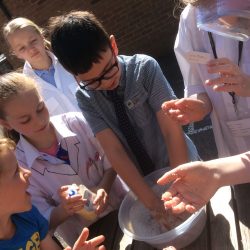
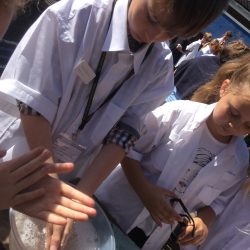
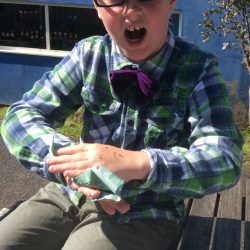
Later, we learnt about Agnes Pockels, a German chemist who helped establish the study of liquid surfaces despite not being allowed to study science as it was considered unsuitable for women!
After that we investigated different bubble mixtures in order to discover which would produce the longest lasting bubbles. We devised our experiment and then tested whether adding sugar, salt, honey, lime juice or glycerine would produce the best bubbles.
Finally, we explored making bubbles including blowing the largest bubble, creating bubble “cities”, making different shaped bubbles and making bubbles we could actually stand inside!
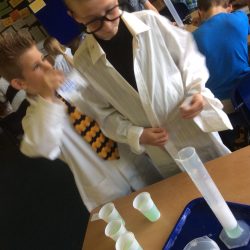
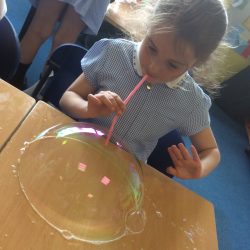
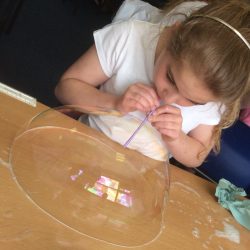
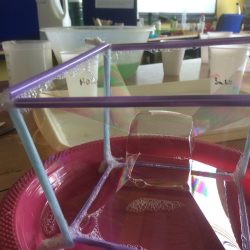
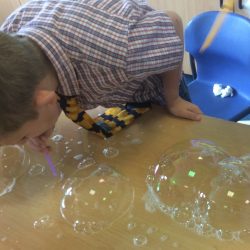
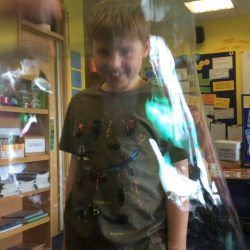
Can Year 4 Conduct Electricity?
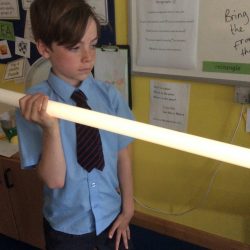
Actually, we started by investigating whether water conducts electricity using a low voltage circuit. It does and we also discovered that adding salt made the water more conductive.
We then discussed the dangers of water and electricity, what happens to our heart if we are electrocuted and how doctors might be able to restart your heart using electricity.
However, if we’re mostly made of water does that mean we can conduct electricity? Well, we had a safe way to test this question with a human circuit…
…and yes, Year 4 can conduct electricity.
*Do not experiment turning yourself into a circuit – we knew what we were doing with safe equipment!
Lickey Hills Grand Prix
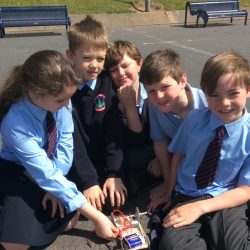
As part of our electricity topic, we’ve been designing, building and racing our own electric cars. Watch the trailer for our Grand Prix race below.
Amazing assembly!
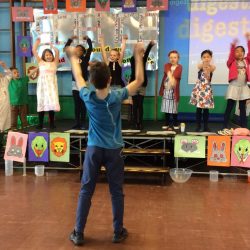
What a wonderful performance! Well done everyone for learning your lines and all those song words! ??
French Engineering
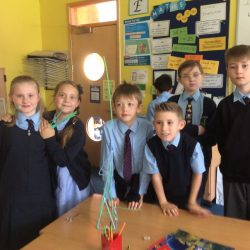
As part of International Day we learnt about Gustave Eiffel, a French civil engineer famous for the Eiffel Tower and constructing the Statue of Liberty.
We then split into groups and each group was given 30 drinking straws and a short piece of sticky tape – the challenge was to build the tallest tower, including a “windy day” test.
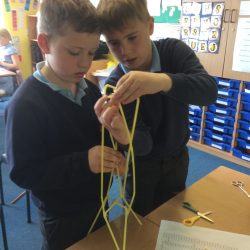
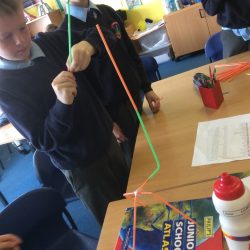
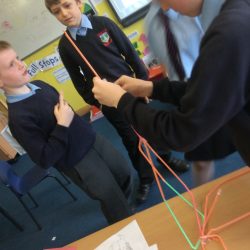
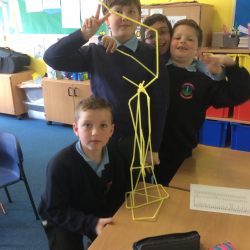
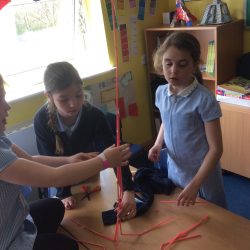
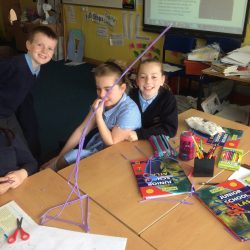
Bones
We’ve been doing still life sketching today, using a range of pencil types from hard to soft to explore line and shading. But what to draw? To fit in with our science topic we’ve been drawing animals bones, particularly skulls. It was a bit strange at first but we’ve been able to study the shapes and the different teeth very closely.
Something to Digest
To start our new science topic we’ve been looking at the human digestive system. First of all we needed a hungry volunteer… Who then “ate” the rest of the class, taking us on a journey through the human body to learn about the stomach, intestines and how enzymes break up our food.
Then we set about making a model of the digestive system, splitting up into groups to work on different organs…
Roman Engineering
We set out to investigate Roman columns. Lots of different shaped columns are possible, from circular to square, triangular to octagonal, but which is the strongest? We all worked together to measure, fold and glue five different column shapes. We then took pairs of columns, placed a pediment across the top and started adding weights until our structure collapsed…
We discovered that the strongest shape was the cylinder (the Romans knew what they were doing!) while the weakest was the triangular prism. Just two sheets of paper rolled into a cylinder with a small overlap for glueing held over two and half kilograms!
Water Cycling
We’ve been learning about evaporation and condensation and how they work in the water cycle. Dr Fishwick showed us a model using hot water and ice – the hot water evaporated and then the ice at the top made it condense again and fall as rain on the land. We then made our own pictures of the water cycle.
4RF Evaporate!
We’ve been learning about solids, liquids and gases and how things change between each state. Over the past week we investigated evaporation – when a liquid changes into a gas. We were set one of two questions: how does temperature effect evaporation and how does the area of the liquid change how fast a liquid evaporates. We then designed our own experiments. We found that more water evaporated when the container was left in a warm place rather than a cool place, just like a tumble drier! We also found that the water evaporated quicker if there was a larger area, just like using a washing line.




















